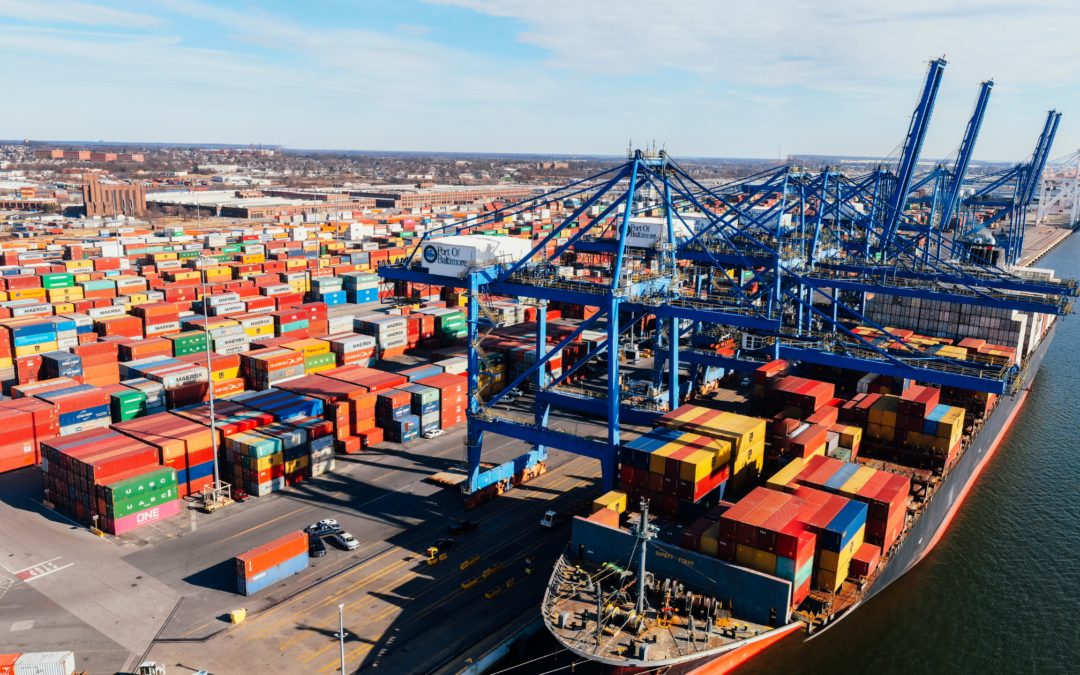Recent developments in U.S. trade policy have further exacerbated economic turbulence, international tension, and general uncertainty across numerous industries and sectors. Over the past few weeks, policymakers issued sweeping reciprocal tariffs that recalibrated duties for many trading partners.
On August 1, authorities implemented new rates by sending individual letters to dozens of countries, bringing average tariffs to levels not seen since the 1930s. Markets reacted swiftly: by August 7, enforcement kicked in across more than 60 economies, triggering volatility as U.S. Customs and Border Protection activated the new duties.
As markets digested these shifts, corporate responses varied. A Reuters survey shows that roughly three-quarters of Japanese companies have a favorable view of the US-Japan tariff deal, which lowered tariffs to 15 percent. Nevertheless, some firms project challenges ahead, with Toyota revising its profit forecast downward by 16 percent, while Sony anticipates modest gains.
India entered a more turbulent phase. The administration increased tariffs on Indian goods to 50 percent, citing concerns about its energy ties with Russia. India condemned the move as selective and unjust; the new levy takes effect on August 27, with exemptions for goods already in transit. Fitch’s CreditSights warns this could slow India’s growth and stress its banking sector.
Efforts to de-escalate tensions with China gained traction recently. On August 11, the administration delayed a scheduled tariff hike for an additional 90 days, signaling continued negotiations and averting an immediate escalation. A trade truce extension formalized this pause on August 12, allowing both nations to maintain current terms and preserve a fragile stability.
The World Trade Organization updated its projections in light of these upheavals. It estimates global merchandise trade growth at only 0.9 percent in 2025 (up from an earlier forecasted contraction) but still trailing the 2.7 percent pace anticipated before the U.S. raised its reciprocal tariffs.
Beyond goods tariffs, trade policy touched e-commerce. Starting August 29, the U.S. will eliminate the “de minimis” exemption, meaning even low-value online purchases from abroad will face duties, potentially adding flat tariffs between $80 and $200 per shipment. This shift will significantly impact cross-border consumers and small businesses.
Legal challenges continue to emerge. Courts remain skeptical of the administration’s authority under emergency powers to issue broad tariffs. Though a key ruling dates to May, its implications echo as businesses and legal observers monitor whether executive actions align with statutory mandates.
As markets and firms navigate this rapidly shifting terrain, they face a web of varied tariffs, evolving exemptions, and legal uncertainty. This complex environment underscores the need for sophisticated risk management and strategic planning. Appraisal Economics delivers valuation services tailored for businesses operating in a volatile international trade environment.

